
Sauteed Vegetable


Sauteed vegetables are the best way to have fresh vegetables in a savoury combination. This colourful medley of different vegetables is healthy and tasty. The sauteed vegetable recipe uses the Chinese cooking technique of quick stir-frying ingredients in a hot wok or skillet and using very little oil. The stir-frying technique originated in China but now is widely used in Asia and the West too. S ... imple and easy to cook sauteed veggies can be made within a few minutes and made with many variations to suit individual taste. Tender-crisp vegetables are good to eat and retain more nutrition than boiled vegetables. And as sauteed vegetable recipe uses minimal oil it has a low-fat content. Sauteed veggies make a delicious side dish for any dinner or lunch. It can be whipped up in a few minutes and can be served with plain rice, jeera rice, noodles and pasta. It is good for kids who don’t want to eat raw vegetables. By sautéing the vegetables, one can feed them lots of vegetables to make a balanced meal. Sauteed vegetable dish is full of protein, vitamins, minerals, fibres and phytochemicals with low-fat content. Eating vegetables helps in boosting immunity, fending off free radicals and works for good overall health. Health-conscious people can add sauteed vegetables for weight loss. One has the freedom to add or replace any vegetables and add different seasonings, sauces and seeds to make it tasty and nutritious. Other variations to the meal can be made by adding in chunks of paneer, tofu, boiled egg, or chicken. Many varieties of vegetables can also be added like asparagus, celery, bean sprouts, tomatoes, onion, etc.
Ingredients
Dry Grocery
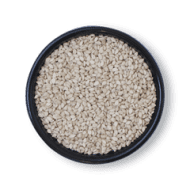
Sesame White (til)
0.25 teaspoons
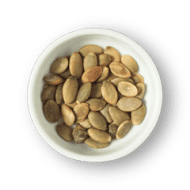
Pumpkin Seed
0.25 teaspoons
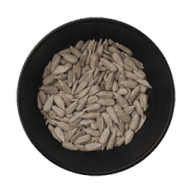
Sunflower Seeds
0.25 teaspoons
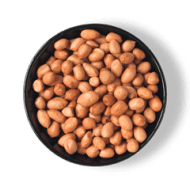
Peanut (with Skin)
0.5 teaspoons

Refined Oil
0.5 teaspoons

Light Soy Sauce
0.5 teaspoons
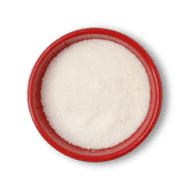
Salt
1 pinch
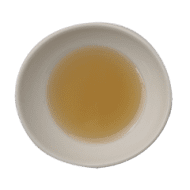
Sesame Oil
0.5 teaspoons
Fruits & Vegetables

Bok Choy
11 units

Haricot Bean
10 units

Carrot-regular
0.25 unit

Ginger
1 small piece
Other
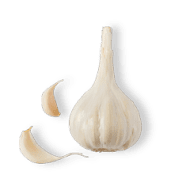
Garlic
1 piece
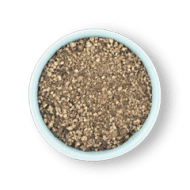
Pepper
1 pinch
Success!
We hope you had fun making it! Enjoy the meal.


